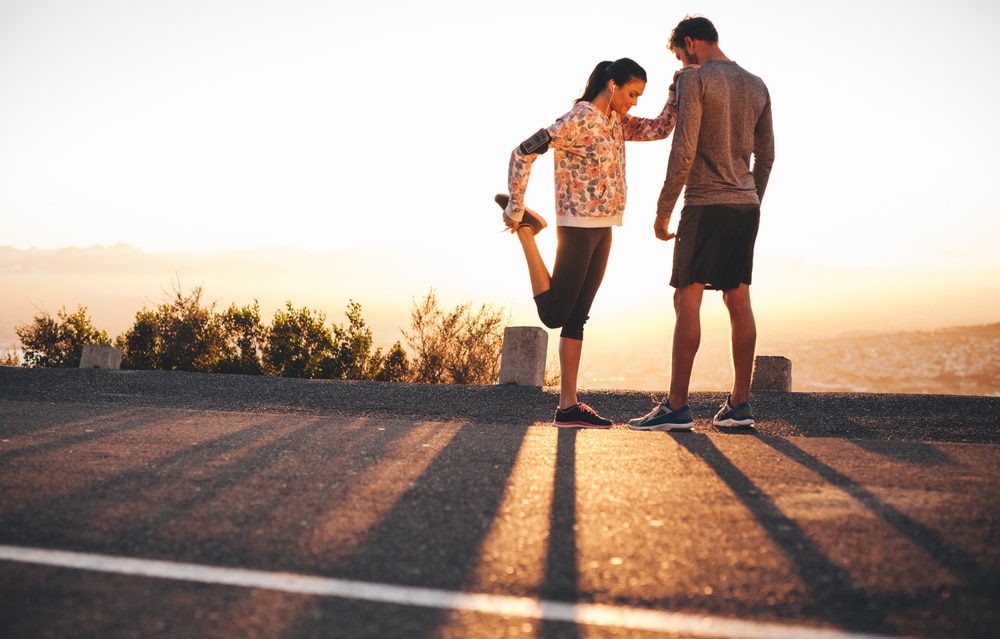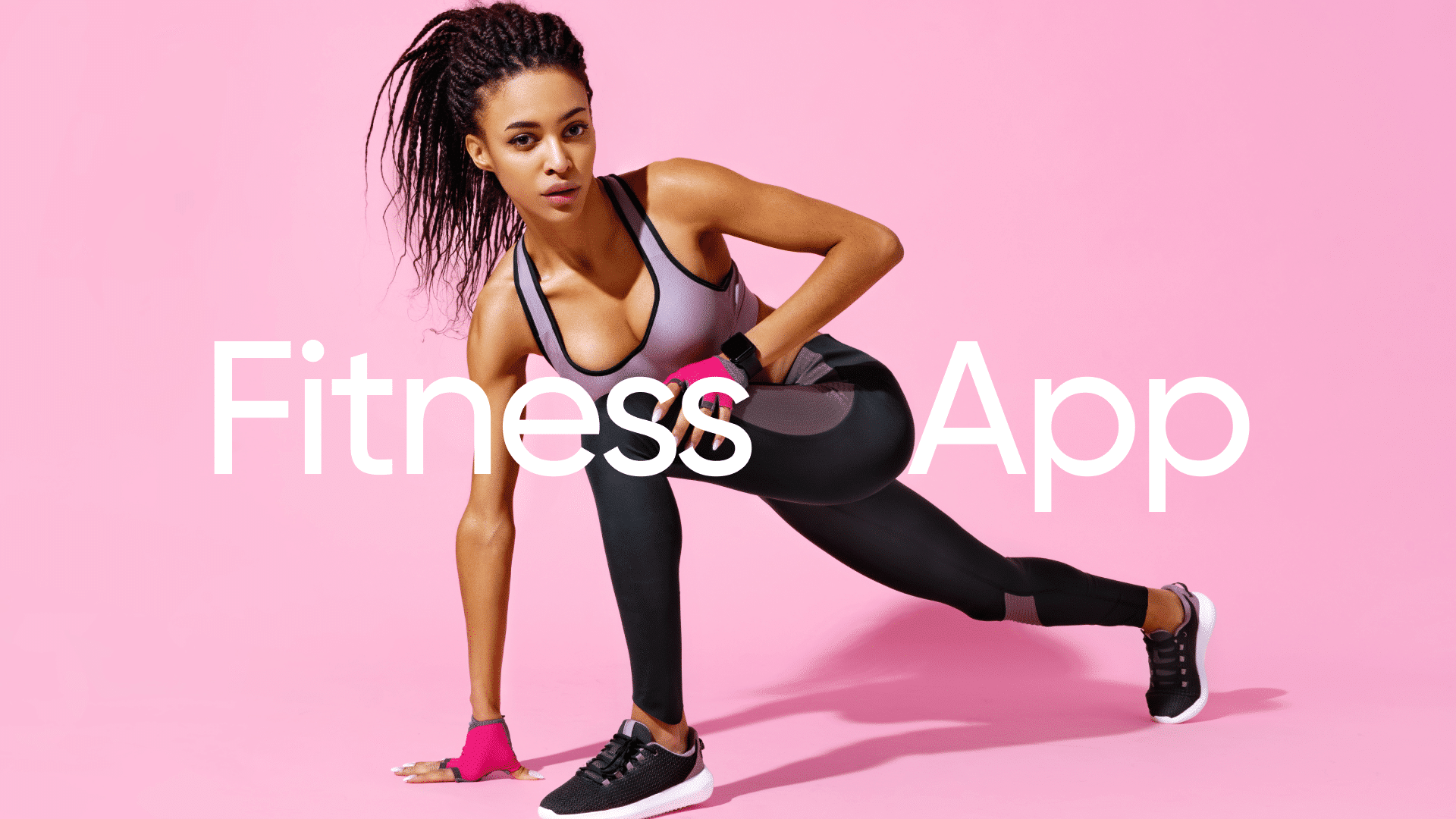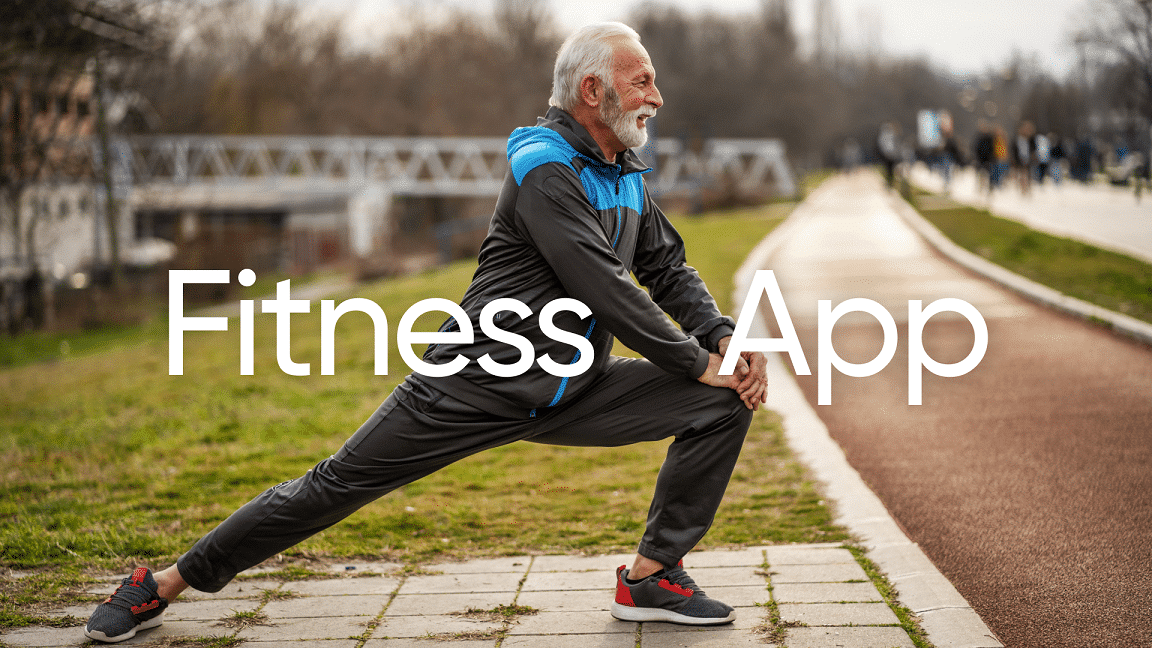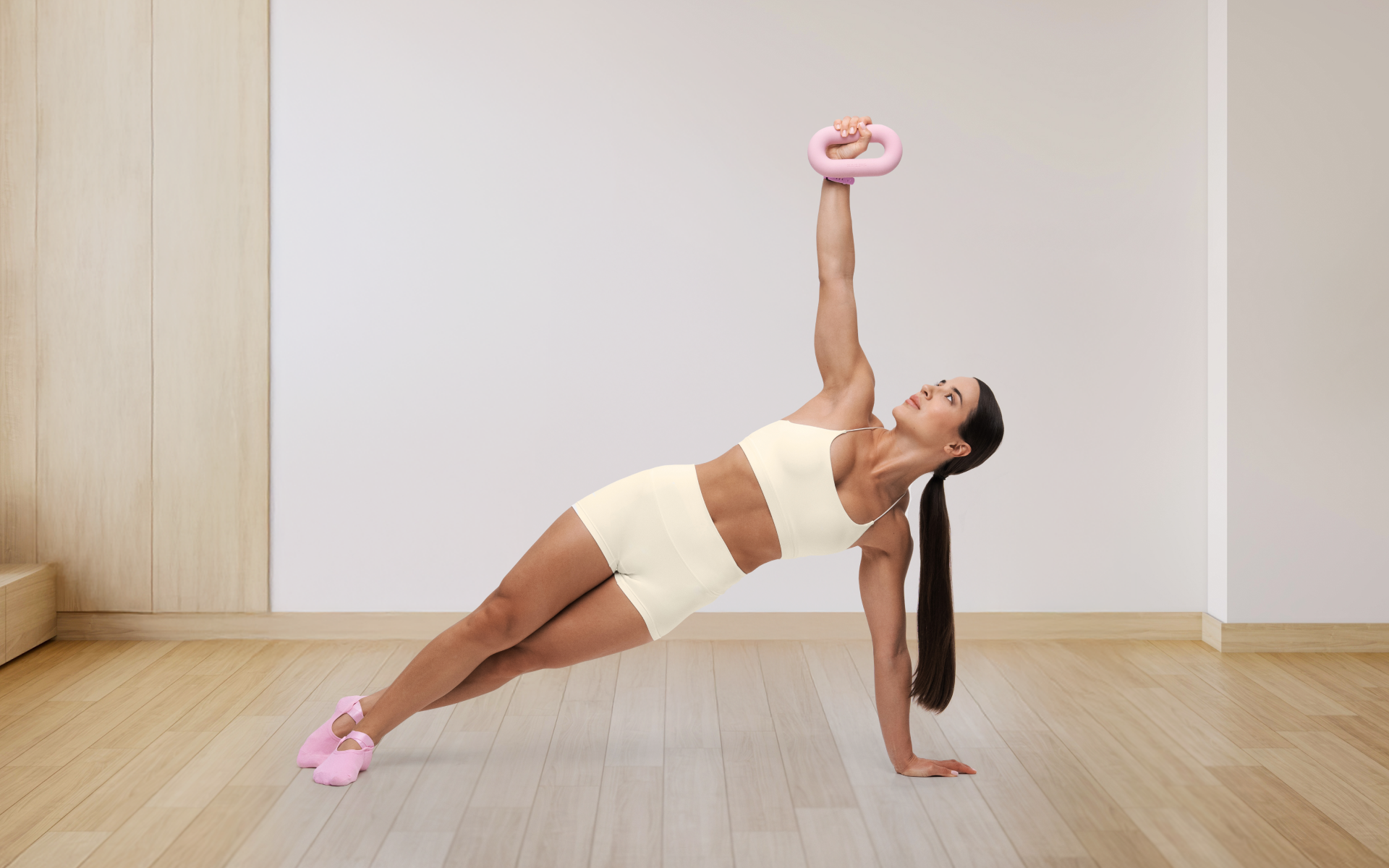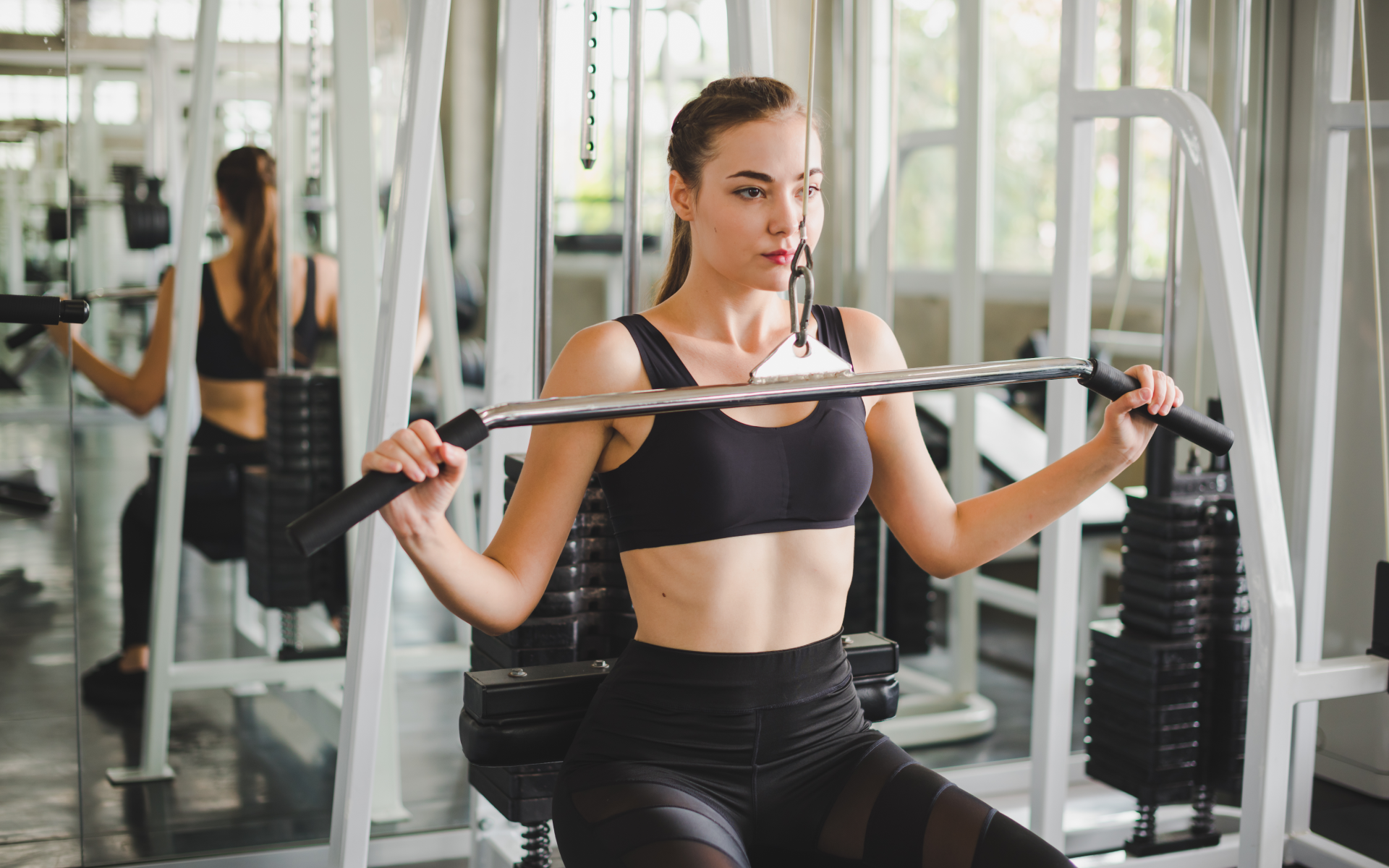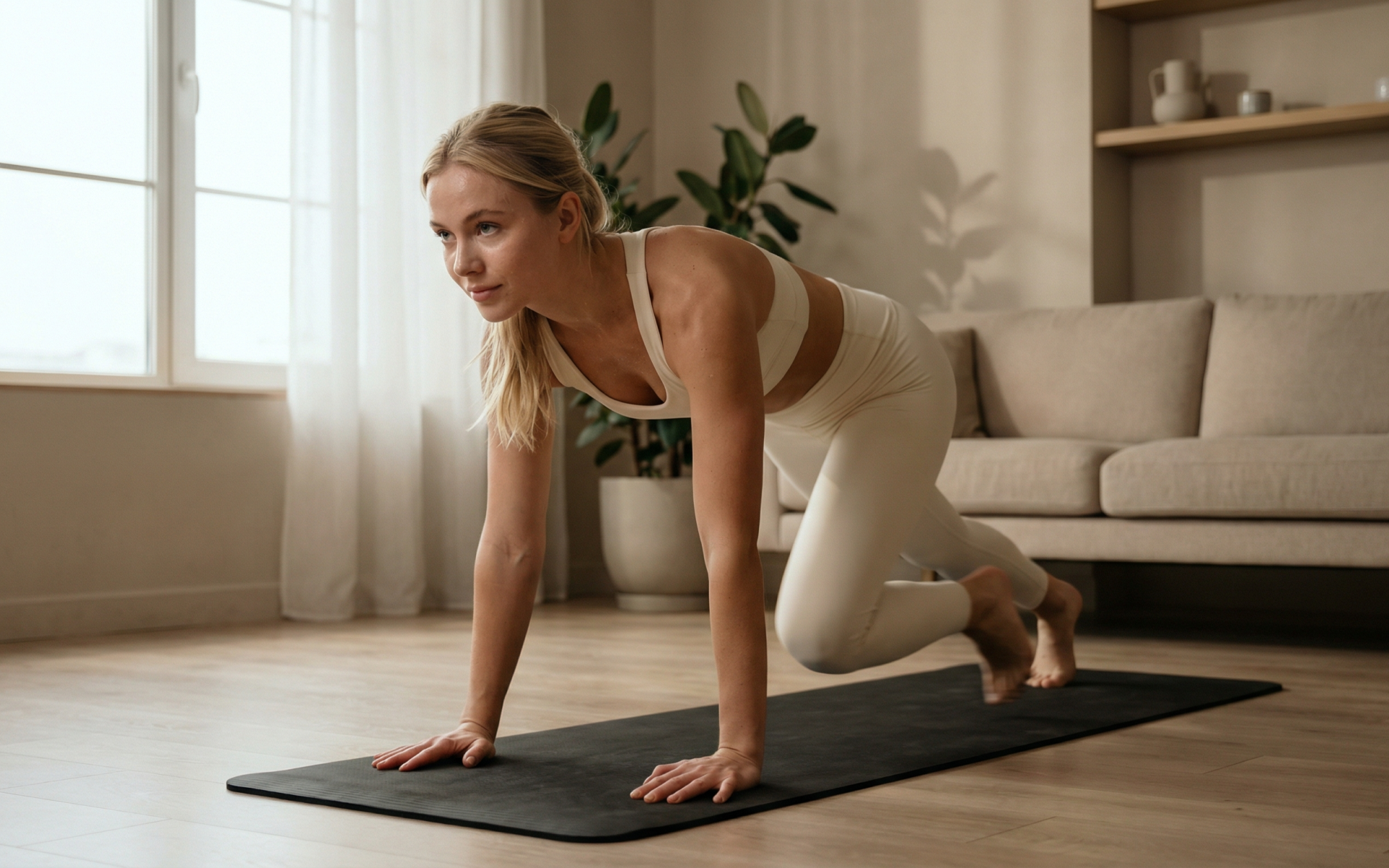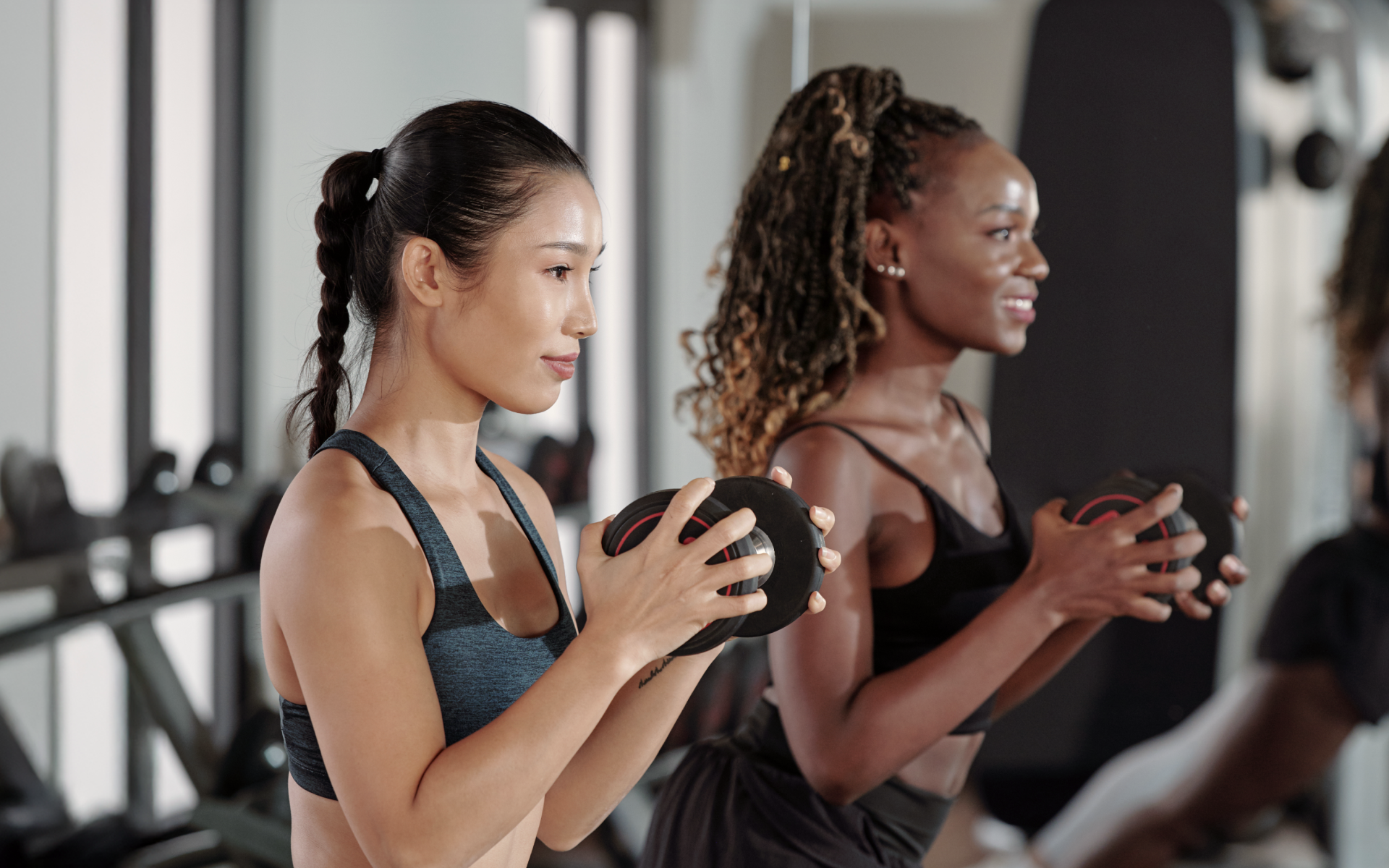Running is one of the many aerobic exercises that quite a few people are embracing these days due to its great health benefits. Not only can it help you burn calories faster, improve your cardiovascular health, but also help you with weight loss. Upon this out, most people have dove headlong into the field. The one problem with this is that most people tend to forget to stretch before they run. This can result in various injuries. For this the reason, doctors and fitness gurus recommend stretching before warming up and running. Below is a detailed guide that unlocks the mechanics on how to stretch before running.
Get your personalized
meal plan!

In this read, we want to discuss some of the best stretches for runners. We will look at their benefits, the muscles they target, and how to perform them accurately. What follows are simple routines that can help you improve your flexibility as well as your endurance.
Why Stretch Before Running?
Stretching is one of the most overlooked parts of a workout. The few people who do stretch believe that you are only supposed to do it after exercising. However, experts acknowledge that you need to stretch both before and after a workout.
The good thing about stretching is that it lowers your risk of injuries and helps prevent muscle tightness (7). Experts also reveal that it improves your range of motion and boosts blood flow to your muscles (7).
Read More: Beginner Stretches To Level Up Your Stretching Game
How To Stretch Before Running?
Most of us are tempted to start an activity, such as running without stretching. The problem with this is that as we begin the activity, we make most of our muscles forcefully move. Perhaps we forget that when we forcefully move our muscles, we increase our risk of injuries.
Remember that running works most of your muscles, and not only the ones in your legs. For example, it also targets your feet and back muscles. Note that you should prepare these muscles too by properly stretching them.
You could do any one of a number of stretches, but since you are running, focus on stretches designed for runners. These will primarily target all the involved muscles during a run, including your quads, lower back, feet, ankles, and hamstrings.
It would be of great help if you involved a trainer, especially if it is your first time trying out a stretching program. They will tailor a stretching program to suit your beginner fitness level. Similarly, they will guide you on how to perform each stretch properly. Without further ado, let us dive straight into the best stretches to do before running.
The Kneeling Hip Flexor Stretch
Target: Hip flexors
Benefits: The kneeling hip flexor stretch targets the hip flexors of both runners and athletes. Hip flexors refer to the muscles around the region where your thighs meet the torso (10). It would help if you exercised these muscles before running because they tend to be stiff, leading to lower back and hip pain (10).
How to: Here is a guide on how to do this exercise (10):
- Start in a standing position, with your back straight, arms hanging by your sides, and facing directly forward.
- Slide the right foot behind your body and kneel on the right knee at a 90-degree angle.
- Rest both hands on your left knee.
- Lean your upper body forward and slowly straighten your right hip.
- Maintain this position for 30 seconds.
- Slowly pull the right foot back towards your body and stand. Repeat until you feel you have stretched enough on this side before switching sides and repeating.
The Seated Hamstring Stretch
Target: Hamstrings
Benefits: Hamstrings are vital muscles that are significantly activated when running. They refer to the muscles running up the back of your thighs (10). They connect to the calves, gluteal muscles, and hip flexors.
As with the hip flexors, these muscles tend to be tight, especially when they are not stretched or put to work. If you run before stretching them, you may end up with lower back or knee pain (10). Always stretch them to increase flexibility in this area, making running comfortable and more manageable.
How to: Below are the steps to help you do a seated hamstring stretch (10):
- Sit on the floor and extend your right leg to the front.
- Fold your left leg with its knee on the floor. Make sure that your left foot is touching the inside of your right thigh.
- Hold onto your right foot, ankle, or lower leg. It all depends on how flexible you are. Hold on to the part that you feel enables you to stretch the back of your leg fully.
- Hold this position for half a minute before releasing and returning to the initial sitting position.
- Repeat with your other leg.
Want to build an attention-grabbing bubble butt, blast away fat that’s stored in all the wrong places, spring-clean your diet, turn back the clock on your skin, skyrocket your self-confidence and shatter your insecurities? Check out the BetterMe app and set this plan in motion!
The Ankle Mobility Heel Lifts
Target: Ankles
Benefits: Most runners, and especially beginners, also forget to stretch their ankles. Remember that your ankles play a vital role when running by stabilizing your feet and propelling your body forward (10).
These small joints are highly vulnerable to injuries. You can sprain your ankle, especially if you are running on an uneven surface. This may happen as well when you twist your ankle while running (12). Similarly, you could injure your ankle and sustain a strain when you are running (12).
You ought to avoid sustaining either a sprain or strain while running by first stretching your ankles and other leg muscles.
How to: Below is the step-by-step guide on how to improve your ankle mobility using this exercise (10):
- Stand upright with your arms on your hips and back straight.
- Keep your feet together.
- Slowly start rising on the balls of your feet. Try as much as possible not to lock your knees.
- Rest for a couple of seconds when you are resting on the balls of your feet.
- Slowly lower your heels on the back on the floor before raising them again to complete another rep.
- Do this exercise three times.
Quadriceps Stretch
Target: Quadriceps (quads)
Benefits: Runners must also stretch their quads before they start with their activities on the track. Quads refer to the muscles that run along the front of your thigh. If you ignore stretching this area, you might end up with a pulled quad resulting from the sudden forceful leg movements (4).
The main symptoms of a pulled quad are swelling, bruising, pain, loss of strength, and ability to move (4). You can avoid all these problems by performing a quadriceps stretch before you run.
How to: All you have to do is (6):
- Stand close to a wall or a piece of steady equipment for added support.
- Grasp your right ankle using your right hand. Extend your left arm to the wall or a sturdy object to help you gain stability.
- Gently pull the right heel up and back until you feel the muscles in the front of your right thigh stretch.
- Tighten and engage your abdominal muscles when pulling your right heel. Make sure your stomach is not sagging outward but instead is actively engaged. Remember also to keep your knees close together.
- Hold this pause for 30 or 60 seconds.
- Switch legs and repeat.
The Supine Hamstring Stretch
Target: Hamstrings
Benefits: Another great exercise to help you stretch your hamstrings before a run is the supine hamstring stretch. If done correctly, this stretch will fight tightness in your hamstrings and help you avoid injuries.
How to: To stretch using this exercise, follow these steps (1):
- Lie flat on the floor with your back firmly pressed on the floor. Keep your back straight and let your head face towards the ceiling.
- Bend both knees and then gently straighten your left leg upward such that it creates a 90-degree angle with the floor. Do not bend your left knee.
- Place both hands behind your left leg and start to pull it towards your head slowly. If this proves difficult, use a towel or a blanket and loop it around the leg. Hold both ends of the towel or blanket and then start to lower the raised leg towards your head.
- Try to bring this leg as close as you can to your forehead. Hold this position for 30 seconds and then release it and place it on the floor.
- Rest for 30 seconds, and then repeat the process on your other leg.
- Do this for at least four rounds.
Read More: Yoga Poses For Hips: Giving Your Lower Body A Good Stretch!
The Toe Touch
Target: Calves
Benefits: The toe touch ranks among one of the best hamstring and warm-up stretches. It is a pretty easy and effective stretch to perform before running. However, you need to be cautious of its form as it may result in back pain if incorrectly done.
How to: To perform a toe touch, all you ought to do is (10):
- Stand upright with your feet placed close together. As a viable option, you can choose to set them shoulder-width apart.
- Keep your knees and back straight.
- Bend at your hips, and then slowly lower your head down towards your knees. Try to keep your back straight when you are doing this movement. Similarly, remember to keep your knees straight and never locked at any one point.
- Stretch out fingers and let them try to grasp onto your toes. Relax your neck and breathe normally.
- Stay in this position for at least 30 seconds.
- Slowly rise to the starting position and then repeat. You can do this for as long as you like or until your back leg muscles stretch.
The Forward Lunge
Target: Leg Muscles
Benefits: The forward lunge is another ideal stretching exercise for any runner or athlete. It eliminates tightness in your leg muscles, which will adequately prepare them for your evening or morning run. It also targets your glute muscles, which might explain why it is a great exercise to sculpt your butt.
How to: To perform this stretch, all you need to do is (1):
- Start in a standing position with your arms resting on your hips.
- Take a big step forward using your left leg. Slowly lower your hips which will make your knees bend. Make sure that you bend both legs at least at a 90-degree angle. Additionally, remember to also keep your back and spine straight throughout this movement.
- Do not rest your right knee on the floor. Instead, let it rest a few inches from the ground. Hold this position for thirty seconds and then return to the standing position.
- Rest for ten seconds before repeating the movement on your other leg. Alternatively, you can complete all the reps on one leg before switching to the other.
- Complete at least three rounds or three reps on each leg.
The Wall Push
Target: Calves
Benefits: If you run without stretching, you are prone to get tight calves. Tight calves will eventually lead to heel pain caused by plantar fasciitis or inflammation of the plantar fascia (13).
It occurs when the plantar fascia is stretched too far, leading to inflammation in its soft tissue fibers (13). You can avoid this inflammation by stretching your calves with the wall push stretching exercise. You can perform this exercise both before and after running.
How to: To stretch out tight calves using the wall push, do the following (11):
- Stand upright and in front of a wall. Make sure that you are standing at least arm’s length away from the wall.
- Place both hands on the wall. Make sure they are fully stretched and that they are shoulder-width apart.
- Take a big step backward using your right foot. Remember to keep your back straight and your head facing the wall.
- Press both hands into the wall and both heels into the floor.
- You will feel a deep stretch in your right calf. Remember to only stretch to the point you are comfortable. Stop if you experience any pain.
- Hold the stretch for half a minute.
- Slowly bring the right foot back towards your body and into a standing position. Stretch another two or three times on this foot before switching sides,
- Repeat.
When it comes to weight loss, progress is made by inches, not miles, so it’s much harder to track and a lot easier to give up. BetterMe app is your personal trainer, nutritionist and support system all in one. Start using our app to stay on track and hold yourself accountable!
How To Properly Stretch Before Running?
There is so much more to stretching than just identifying the best stretches for runners. You might have the best stretching program but still, end up sustaining injuries or not warming up or stretching adequately before a run. Other factors come into play, which means that you also need to take them into account while stretching. Below are some of these aspects that you need to consider:
-
Holding Your Stretch
Some people follow the instructions of various stretches but miss the importance of maintaining a stance for the indicated timeline. Perhaps their idea is to race through the stretches so that they can go straight to their run. Remember that this will cost you as you will still have various tight muscles. With that in mind, always hold your stretch for at least 15 to 30 seconds or the indicated period (3).
-
Stretching After Warming-Up
Some people mistake stretches for warm-up exercises. You will find them doing their stretches first and then diving straight into their aerobic activity. WebMD acknowledges that this is not right. The site advises individuals to always stretch after warming up (9).
If you do not feel like doing any warm-up exercises, take a brisk walk lasting for about five minutes. The idea is to have your blood flowing to your muscles before stretching them and running (9). This is essential if you are performing a dynamic stretch program (5).
Such a program includes dynamic stretches, which tend to have slow and controlled movements. In such stretches, you do not remain still or hold a stretch (5).
-
Breath Control
Like with any other exercise, a proper stretch will also guide you on breathing during the movement. Some will require you to breathe deeply, while other stretches will require you to breathe normally. Make sure you stick to the provided breath control technique for a greater sense of well-being during the stretch (2).
-
Stretching To The Point Of Comfort
There are times you will feel like over-stretching to discover how far you can extend your arm, leg, or so forth. This might sound like a good idea, but it is not. Whenever you stretch beyond your comfort zone, you risk experiencing pain and sustaining injuries.
The last thing you want is pain of any kind, especially with dynamic stretches, and before running. Stop stretching whenever you experience pain or find yourself making funny or ugly faces. This will show that your muscles are contracting because you are stretching them beyond what they can handle (5).
-
Stretching Both Sides
You may, at times forget to stretch one side, especially if you woke up late and are racing against time. This can only work out the muscles on one side. Be keen to this fact as it will help you remember to stretch the muscles on both sides of your body (8).
-
Maintaining The Correct Form
You must follow the instructions of a stretch to the latter for it to work. Do not go about adding your steps, skipping some, or modifying some of them. For example, do not incorporate a bounce where it is not indicated. A bounce may make you tear a muscle, which might cost you your upcoming race, especially if you were training for one (8). Stick to the provided guide.
-
Targeting Different Muscles
The idea is to stretch all the leg muscles and lower back muscles. Noting this, do not focus on exercises that focus on one area, such as your hamstrings. Instead, create a stretching program that focuses on different muscle groups. Make sure it targets your quads, calves, lower back, hamstrings, ankles, feet, and so forth. This would be a great reason to ask for help from a professional when crafting your stretching workout program. They are more informed on the best exercises to perform depending on your fitness levels.
DISCLAIMER:
This article is intended for general informational purposes only and does not address individual circumstances. It is not a substitute for professional advice or help and should not be relied on for decision-making. Any action you take upon the information presented in this article is strictly at your own risk and responsibility!
SOURCES:
- Daily stretching routines: For beginners, runners, and more (2020, medicalnewstoday.com)
- Flexibility exercise (2020, medlineplus.gov)
- Health Tips: Stretch Safely (2013, medicinenet.com)
- How long does it take to heal a pulled quad? (2018, medicalnewstoday.com)
- New Ideas on Proper Stretching Techniques (2010, webmd.com)
- Slide show: A guide to basic stretches (2020, mayoclinic.org)
- Stretch Your Limits: Feel-Good Stretching Routine (2014, webmd.com)
- Stretches: the Forgotten Exercise (2017, medicinenet.com)
- The Basics: Stretch Your Fitness Limits (2009, webmd.com)
- The best stretches for runners (2019, medicalnewstoday.com)
- WebMD Presents: Arthritis-Therapy in Motion-Stretching (2002, webmd.com)
- What is the difference between a sprain and a strain? (2018, medicalnewstoday.com)
- Why do my heels hurt and what can I do about it? (2018, medicalnewstoday.com)
